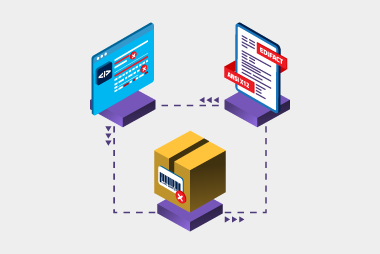Adoption and engagement
As more of your trading partners onboard to eInvoicing, the more automation and benefits you gain. This is a key metric for getting the most from your eInvoicing investment. Here are some of the KPIs to think about when assessing your goals:- % of partner onboarded to eInvoicing: You should be always tracking how many of your partners have onboarded to eInvoicing.
- % of customers receiving eInvoices: for suppliers it’s important to see how many of your customers are receiving eInvoices so you can start gaining the benefits from your implementation.
- % of invoices sent via Peppol and % received via Peppol: tracking how many invoices are sent and received through Peppol is important to make sure you’re getting the most out of your setup.
Process efficiencies
One of the main benefits of eInvoicing is automation. Keep track of these stats to make sure you’re getting the benefits:- Average invoice processing time: record how long it takes to process the average invoice.
- Manual touchpoints per invoice: at what point, if any, are staff having to intervene in the process? Knowing this will allow you to look at more ways to improve and streamline the process.
- Invoice exception rate: how many invoices need manual review or fixing? The goal should be to see this figure continue to drop.
Financial improvement
Looking at the financial impact of processing invoices is important. If it’s all working well, the cost to process an invoice should reduce. Here are some metrics you should be tracking:- Cost per invoice processed: this should be assessed before implementing eInvoicing and again once eInvoicing is implemented.
- Payment cycle time: Seeing faster invoice payments shows your processes are improving and will make your suppliers happy too.
Request a call
Chat with one of our experts
Just fill out your details below and we'll be in touch within one business day.

